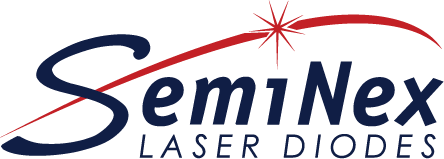By Jennifer Heldt Powell
Boston Herald Business Reporter
I confess that, although I know business gurus say a good business is built on a solid business plan, I’m still working on mine.
I’ve thought about it, talked about it and even written a draft or two. But I’m busy. I have a business to run. I don’t have time to just sit and plan.
Maybe the potential of winning $5,000 or more could provide an incentive.
There are dozens of business plan competitions to provide motivation for those who have yet to do what business planners say should be the first step in starting a business. Who couldn’t use some extra cash? But these contests have more to offer than the prize money.
“It forces you to put together a good business plan,” said John Rainey, senior business adviser for Clark University’s Small Business Development Center. “And it’s an opportunity to have other people look at it and give you input. With most contests, there are several stages. The first one is usually a simple review of the written plans.
At later stages, entrepreneurs typically make presentations to judges, who often include investors and other business experts.
“The prize money itself isn’t the goal,” said Christine Sullivan, executive director of the Enterprise Center at Salem State College, who launched a competition for North Shore businesses three years ago. “It’s to get your plan showcased in front of a lot of people who are influential and can get your business to the next level.”
It worked for David Bean, chief of SemiNex Corp, who won Salem State’s first competition. One of the people he met through the contest recently became a major investor in the high-power semiconductor laser business. Now, Bean is ready to move ahead with the plan that won the competition. He plans to hire 100 people in the next five years.
Bean wasn’t looking to win the $5,000 prize money when he entered the contest.
It was more about networking and being a part of the local North Shore Business Community, he said.
The bragging rights and the publicity he got as a finalist, and then as a winner, were a nice bonus.
The key to winning business competitions is having a solid plan.
You have to have a good product or service.
You have to know your market.
You have to show that you know how to meet the demands of that market.
You also have to show that you have a good management team with the experience to carry through with the plan.
You have to be able to present that plan well both in written form and as a live presentation.
At the very least, it’s good practice even if you don’t win.
You can find out about competitions through business organizations, local universities and even Internet listings. Some are open to anyone, while others are limited to certain types of businesses or categories of business.
Use caution, Rainey advises. Make sure the contest is offered by a reputable organization that will take steps to protect your privacy. Also make sure you have protected yourself with the appropriate copyrights and trademarks.
